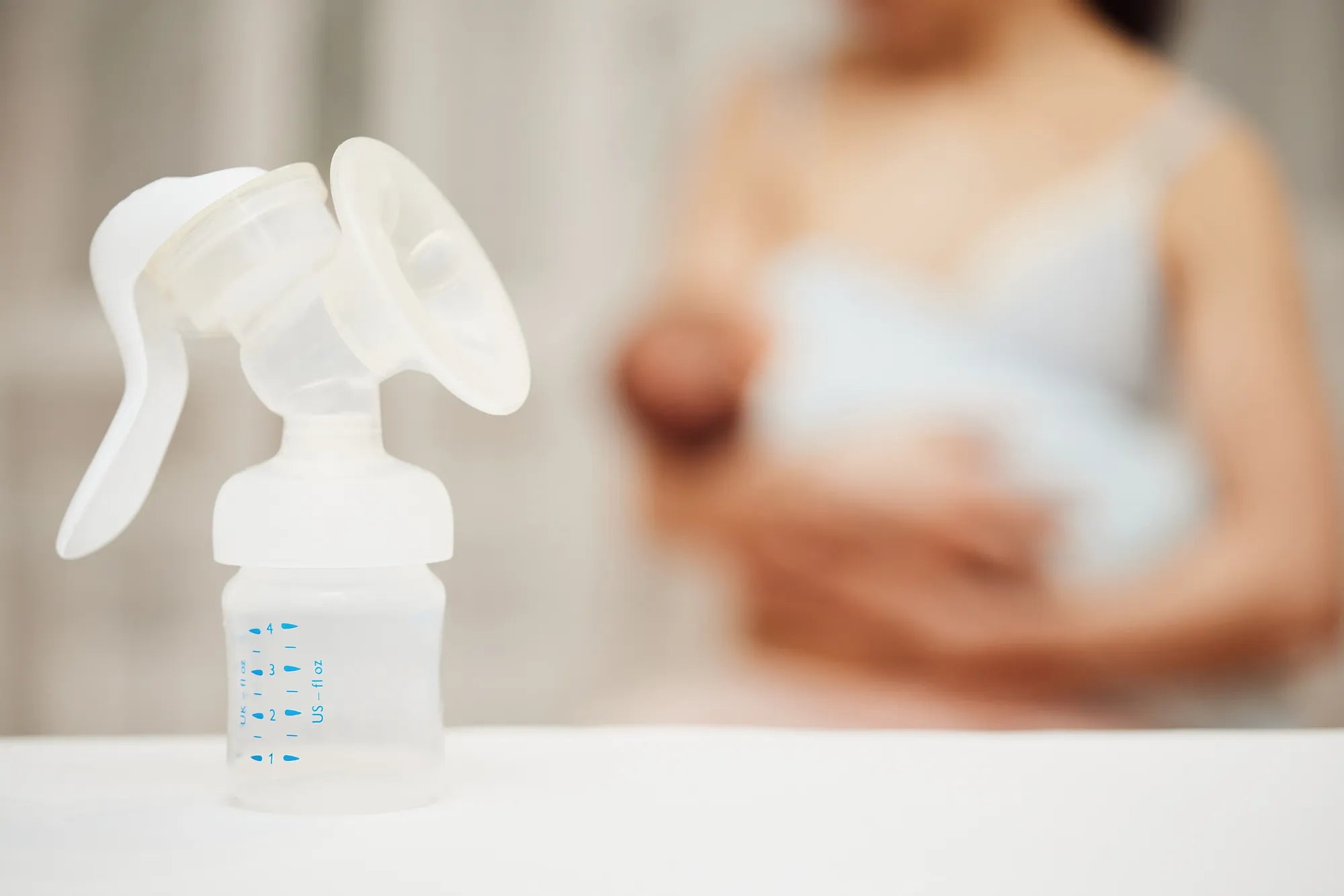Home
Pregnancy, Breastfeeding, and Pumping: The Ultimate Guide for Moms
Do Breast Pumps Break? Understanding Durability and Maintenance

Do Breast Pumps Break? Understanding Durability and Maintenance
Breast pumps are a lifeline for many nursing mothers, offering convenience and flexibility in their breastfeeding journey. However, the question 'Do breast pumps break?' is one that often lingers in the minds of users. Understanding the durability of these devices and how to maintain them can save you from unexpected disruptions and ensure a smoother experience.
How Durable Are Breast Pumps?
Breast pumps are designed to withstand regular use, but like any mechanical or electrical device, they are not immune to wear and tear. The durability of a breast pump largely depends on its quality, frequency of use, and how well it is maintained. High-quality pumps, when used as intended, can last for several years. However, improper handling or lack of maintenance can lead to premature breakdowns.
Common Causes of Breast Pump Malfunctions
Several factors can contribute to a breast pump breaking or malfunctioning. Here are some of the most common causes:
- Overuse: Using a breast pump more frequently than recommended can strain its motor and other components, leading to breakdowns.
- Improper Cleaning: Failing to clean the pump properly can result in the buildup of milk residue, which can clog the device and cause it to malfunction.
- Physical Damage: Dropping the pump or exposing it to extreme temperatures can damage its internal components.
- Worn-Out Parts: Over time, parts like valves, membranes, and tubing can wear out and need replacement. Using worn-out parts can affect the pump's performance and lead to breakdowns.
- Electrical Issues: For electric breast pumps, power surges or faulty electrical connections can damage the motor or other electronic components.
Signs Your Breast Pump May Be Breaking
Recognizing the early signs of a failing breast pump can help you address issues before they escalate. Here are some indicators that your pump may be breaking:
- Reduced Suction: If the pump is no longer providing the same level of suction as before, it could be a sign of worn-out parts or a failing motor.
- Unusual Noises: Strange sounds coming from the pump, such as grinding or squeaking, may indicate internal damage.
- Leakage: Milk leaking from the pump or its components can be a sign of cracks or worn-out seals.
- Inconsistent Performance: If the pump's performance is inconsistent, such as varying suction levels, it may be a sign of an underlying issue.
- Overheating: An electric breast pump that overheats during use may have a motor or electrical issue that needs attention.
How to Extend the Lifespan of Your Breast Pump
Taking proactive steps to care for your breast pump can significantly extend its lifespan and reduce the likelihood of it breaking. Here are some tips to keep your pump in good working condition:
- Follow the Manufacturer's Instructions: Always use and clean your breast pump according to the manufacturer's guidelines. This includes replacing parts as recommended.
- Regular Cleaning: Clean all pump parts thoroughly after each use to prevent the buildup of milk residue. Sterilize the parts as recommended to maintain hygiene.
- Inspect Parts Regularly: Check the pump's components, such as valves, membranes, and tubing, for signs of wear and tear. Replace any damaged or worn-out parts promptly.
- Handle with Care: Avoid dropping the pump or exposing it to extreme temperatures. Store it in a safe, dry place when not in use.
- Use a Surge Protector: If you're using an electric breast pump, plug it into a surge protector to protect it from power surges.
- Limit Use: Avoid overusing the pump. If you need to pump frequently, consider having a backup pump to share the workload.
What to Do If Your Breast Pump Breaks
If your breast pump does break, it's important to address the issue promptly to avoid disruptions in your breastfeeding routine. Here are some steps you can take:
- Identify the Problem: Determine what is causing the pump to malfunction. Check for obvious signs of damage or worn-out parts.
- Replace Parts: If the issue is due to worn-out or damaged parts, replace them with new ones. Most manufacturers offer replacement parts for their pumps.
- Contact Customer Support: If the pump is still under warranty, contact the manufacturer's customer support for assistance. They may be able to repair or replace the pump.
- Consider a Backup Pump: Having a backup pump can be a lifesaver if your primary pump breaks. This ensures that you can continue pumping without interruption.
- Seek Professional Help: If the pump is not under warranty and the issue is beyond your ability to fix, consider taking it to a professional for repair.
Are Manual Breast Pumps More Durable?
Manual breast pumps, which are operated by hand, are often considered more durable than their electric counterparts. Since they have fewer moving parts and no motor, they are less prone to mechanical failures. However, manual pumps still require proper care and maintenance to ensure their longevity. Regular cleaning, proper storage, and timely replacement of worn-out parts are essential to keep a manual pump in good working condition.
Can You Prevent Breast Pumps from Breaking?
While it's impossible to guarantee that a breast pump will never break, taking preventive measures can significantly reduce the risk. By following the manufacturer's instructions, handling the pump with care, and maintaining it properly, you can minimize the chances of it malfunctioning. Additionally, being aware of the signs of a failing pump and addressing issues promptly can help you avoid unexpected breakdowns.
Breast pumps are an invaluable tool for nursing mothers, but their durability can be a concern. By understanding the common causes of breakdowns and taking steps to maintain your pump, you can ensure that it remains in good working condition for as long as possible. Remember, a well-maintained breast pump is not only more reliable but also more effective in supporting your breastfeeding journey.
Share

